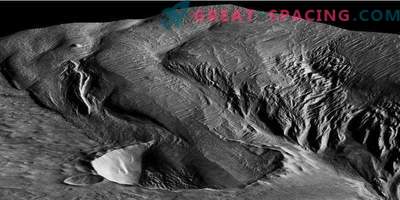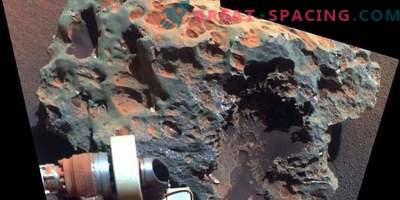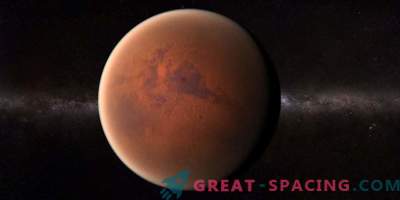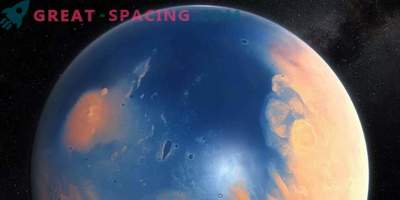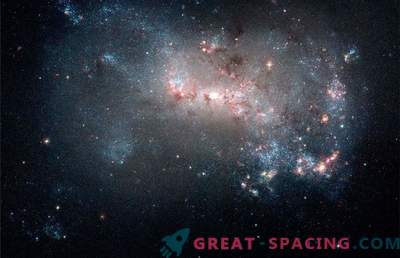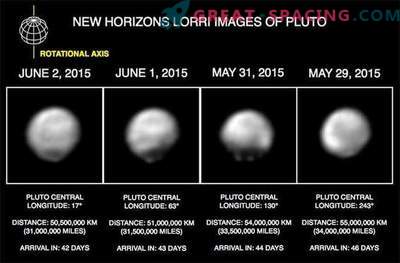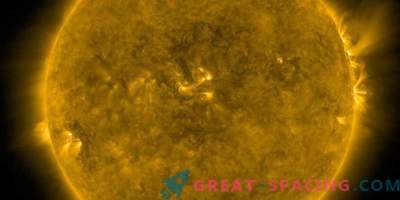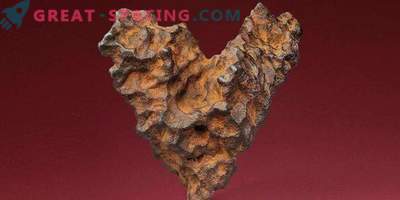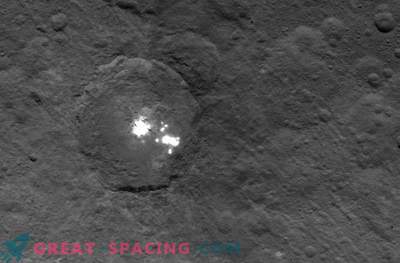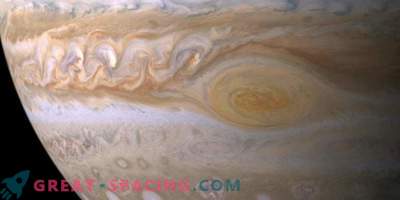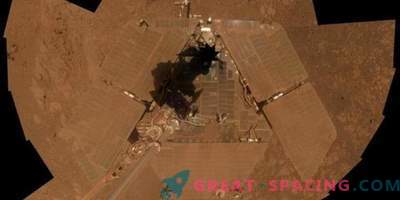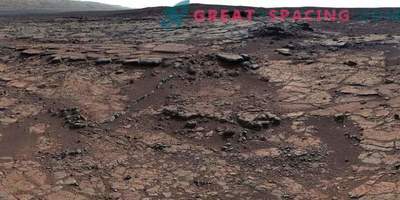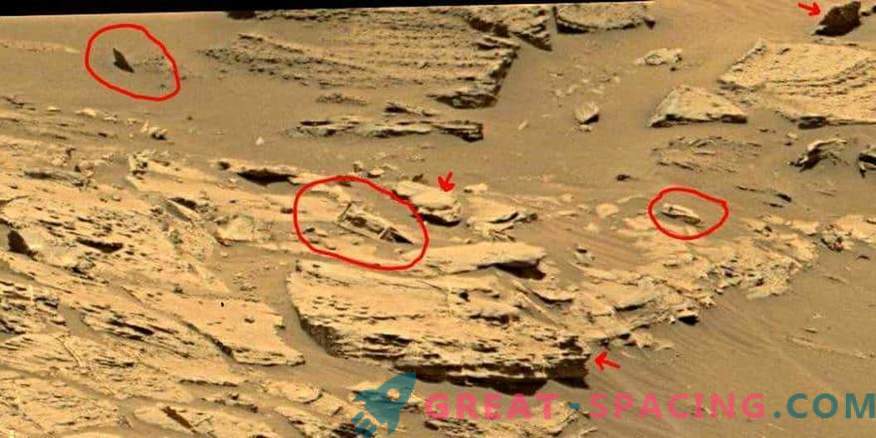
On December 13, NASA representatives reported that the newest island on our planet, created in 2014 because of a volcanic eruption in the Pacific, will help to understand the development of Martian life.
The island of Hunga Tonga Hunga Haapai grew out of the seabed 65 km north-west of Nuku'alofa. Researchers knew about the appearance of the island, watching the rise of a huge number of stones and dense ash from the earth's crust. Everyone expected that the formation would collapse in a few months, but it turned out to be much more stable. Perhaps the whole point is that sea water, in contact with ash during the explosion, created a solid tuff.
The island stretches 1 km in width, 2 km in length and 100 m in height. It is now noticeable that it has undergone erosion, which will last 6-30 years. Researchers from the Center for Space Flight. Goddard decided to study the life cycle of the island. This idea arose from the fact that Mars has seen many similar volcanic islands, which were originally also surrounded by water. There is an assumption that this is the best place to search for life (wet environment and heat from the volcanic process).
Studying the development of life on the island will help to understand where to look for traces on the Red Planet. Such Martian islands could exist 2-3 billion years ago when surface water was present.
